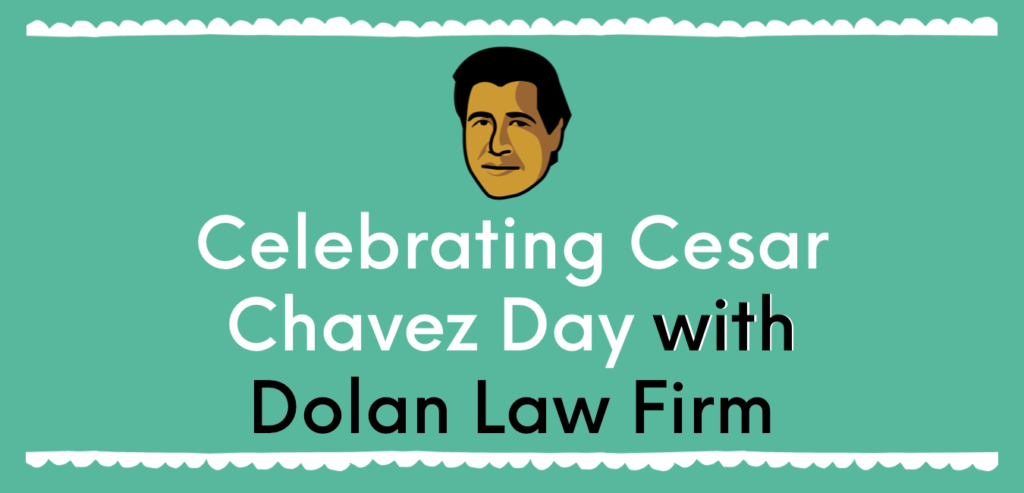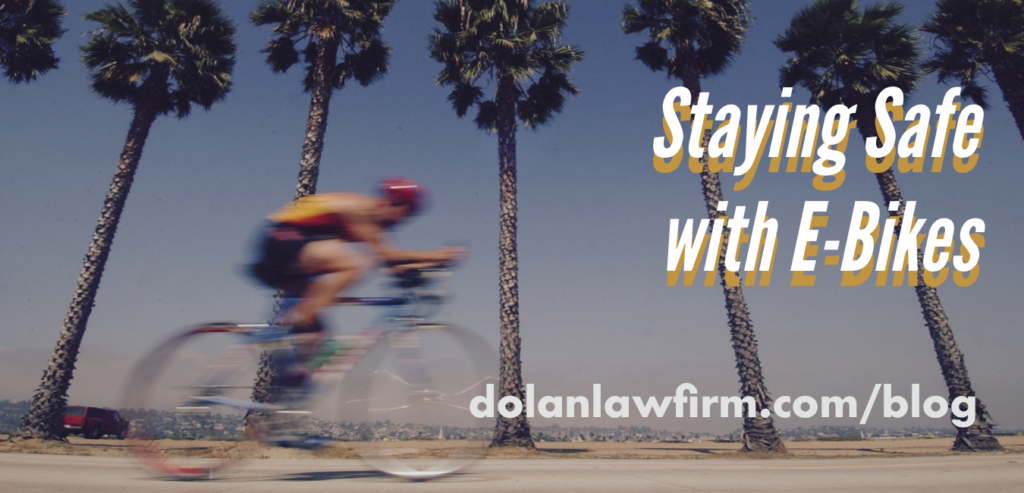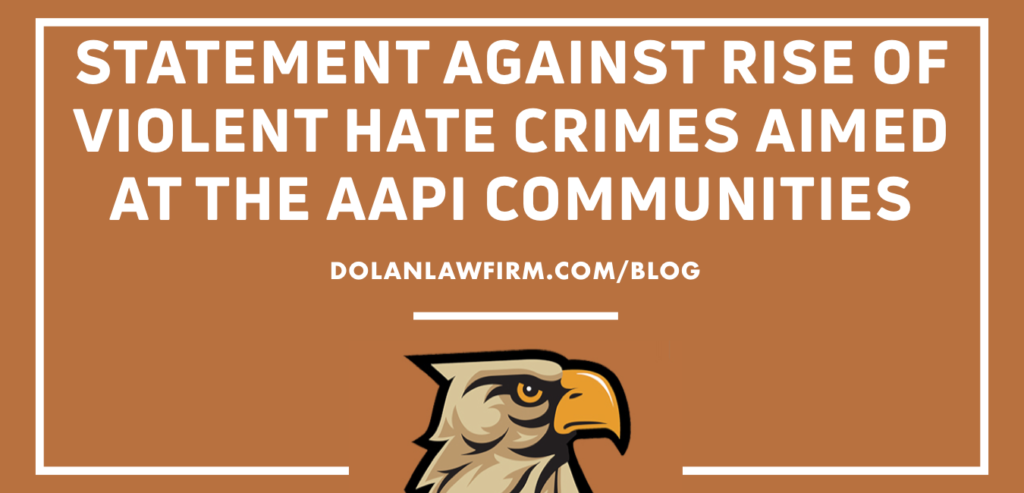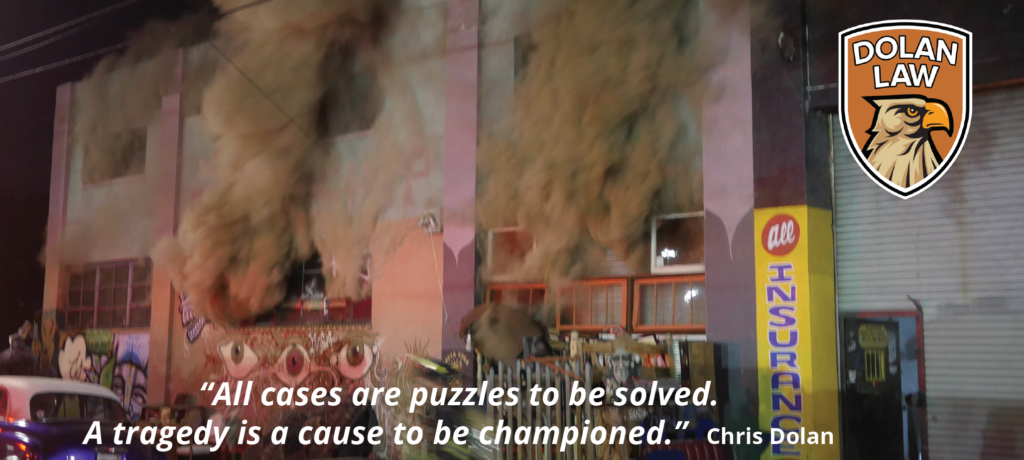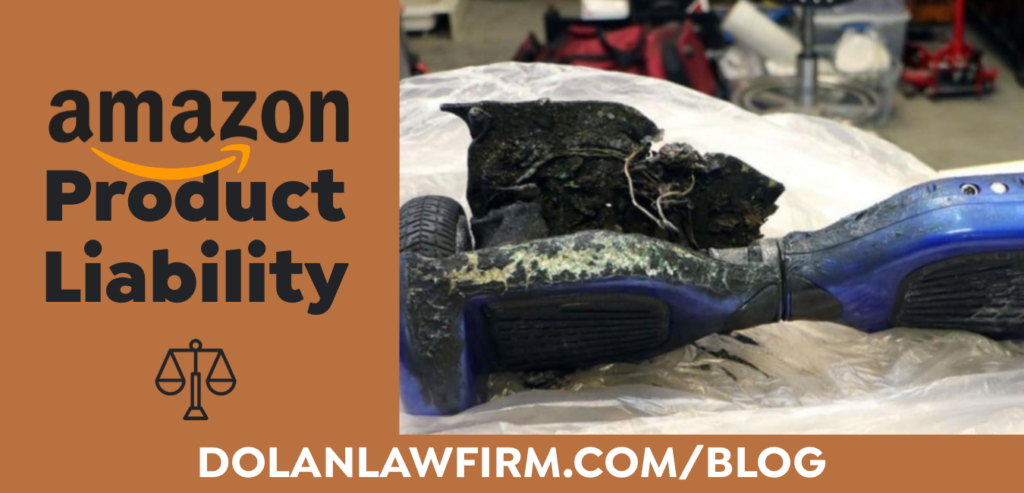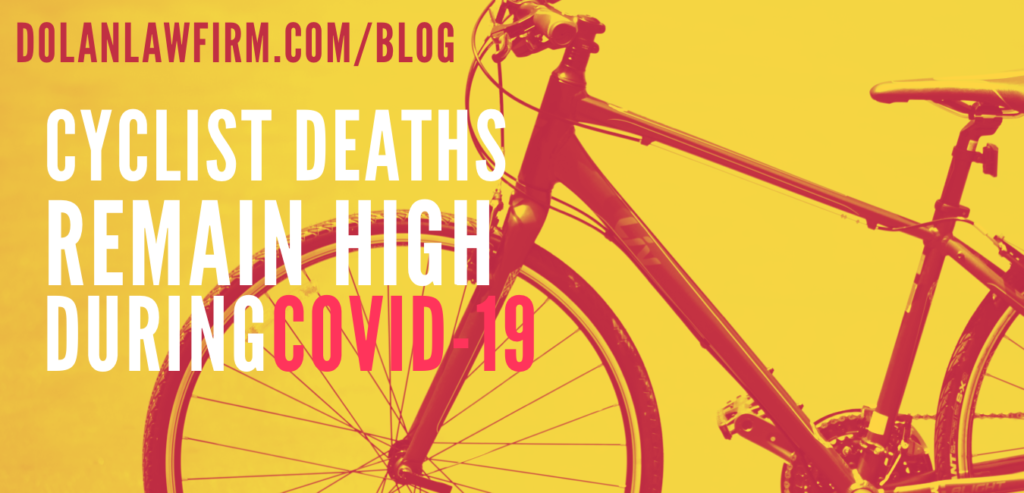Celebrating Cesar Chavez Day 2021
March 31st is Cesar Chavez Day, a holiday in California celebrating his birthday and contributions towards the civil rights movement he fought to benefit society’s most vulnerable populations. He was born on March 31st, 1927 and was an American farmworker, labor leader and civil rights activist who, with Dolores Huerta, co-founded the National Farm Workers …

